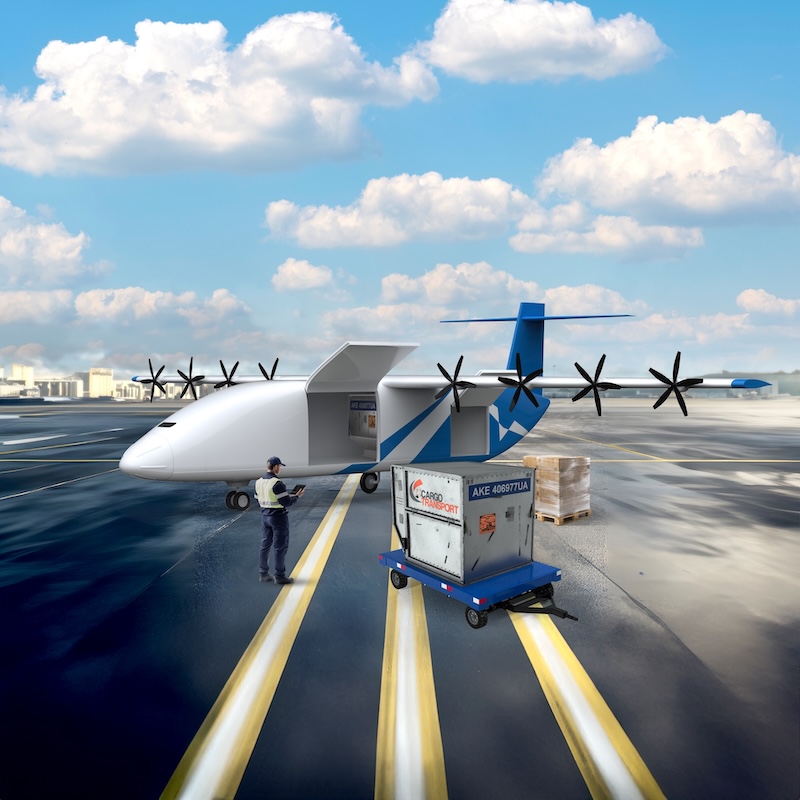The plane, built in partnership with Mojave-based Scaled Composites, is mostly made of carbon composite. Key elements of the craft, including its six engines and eight sets of landing gear, were taken from Boeing 747 jets.
Stratolaunch is part of a growing galaxy of privately-funded aerospace ventures. Each have their own commercial goals, with Stratolaunch focused on the lucrative payload-to-orbit launch market. The plane is designed to carry up to three Orbital ATK Pegasus XL rockets at a time into the air, and then set them loose to launch payloads into orbit.
The advantage to Stratolaunch’s air-launch system is that multiple satellites could be sent into different types of orbits during a single sortie – with little advance notice, from any airport with a long enough runway, and with the capability to fly around bad weather.
Stratolaunch CEO Jean Floyd said the plane’s emergence from its hangar at California’s Mojave Air and Space Port was part of a “major milestone in its journey toward providing convenient, reliable and routine access to low Earth orbit.”
The plane is designed to carry 250,000 pounds of fuel, and payloads of up to 550,000 pounds. All that adds up to a maximum takeoff weight of 1.3 million pounds, or about a bajillion bags of Doritos.
Next up for the prototype aircraft is ground testing, engine runs, taxi tests, and ultimately, its first flight. Stratolaunch says the first launch demonstration, involving a single Pegasus XL, will take place as early as 2019.
Floyd said the Pegasus XL is just one of the options for launch.
“We’re actively exploring a broad spectrum of launch vehicles that will enable us to provide more flexibility to customers,” he said.








